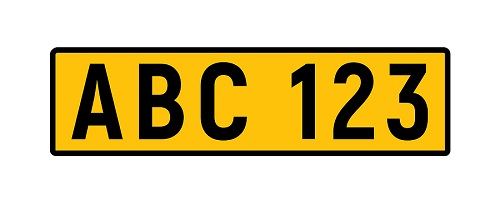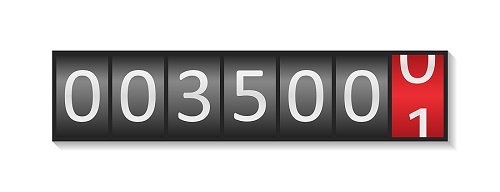It’s every car buyer’s nightmare to end up with a vehicle that isn’t all it was cracked up to be. Perhaps it turns out the car was stolen, or badly damaged and patched together, or cloned.
All of these horrible scenarios can be avoided if you run the car’s licence details through a history checking service first – but more of that later. We’ve covered stolen and written-off cars before on Motorcheck, but let’s look at cloning, a particularly nasty and selfish act by criminals.
What is cloning?

A cloned car is not necessarily a stolen one, although that’s usually the route one has taken. Cloning means changing a vehicle’s identity and crooks do this by taking the registration plates from a legitimate car, changing the VIN number on another vehicle and using a fraudulent logbook (V5C) to make it all seem genuine.
What you have then is two cars driving around the UK’s streets with the same look and details, but only one of them is properly registered.
And if (or more likely, when) something happens to the illegal car – a parking fine, a congestion charge penalty or, worse still, a ram raid or ‘getaway’ from the scene of a crime – it’s the owner of the legal car that receives the fine, the summons or a visit from the police.
Police authorities and local councils have reported large increases in car cloning with thousands of penalty charge notices being quashed as a result of the practise. However, hundreds of innocent car owners have still had to take their case back to the penalty charge notice (PCN) issuers and often on to magistrates’ courts, to prove they had nothing to do with the ‘fines’.
You can also be on the wrong side of the law if you have bought what turns out to be a cloned vehicle. It’s a double-whammy – first you hand over hard-earned cash for a new-to-you car only to discover that it’s not the vehicle as described on the log book. And you also run the risk of having it confiscated when the police discover there’s more than one car on the road with the same registration number.
Sensible steps to take

That’s why is pays to follow a few simple guidelines before buying a second hand car, even if the person you are dealing with seems honest, friendly and law-abiding.
Getting a full history check is a very good start. A service such as Motorcheck’s £9.99 ‘Single Check’ can make a lot of sense, as we look to see if the car has had a colour change, a plate change, or if its mileage seems surprisingly too high or low.
And there are sensible steps you can take yourself when you go to buy a used vehicle:
- Always go to the seller’s house or similar property to do the deal – don’t meet in a car park or motorway service area. You need to have an address to fall back on if something goes wrong;
- Check the car’s number plate and VIN number are the same as the one on the logbook (this might, of course, have been forged);
- Look to see if the number plates have been removed (or replaced) recently. Unless they have been damaged there’s no real need for them to be unscrewed;
- If the car seems too much of a bargain when compared with similar models on the market, you should be suspicious;
- Never pay in cash. You need to have a way of tracing back that you have paid for the car if it ever turned out that you needed to prove you owned it;
- Ask the seller questions about the car’s history – where it’s been, what it’s done, how much servicing and repairs it has had. If the answers don’t sound genuine or realistic, just walk away.
And that just might be the best walk of your car-buying life – away from trouble.
